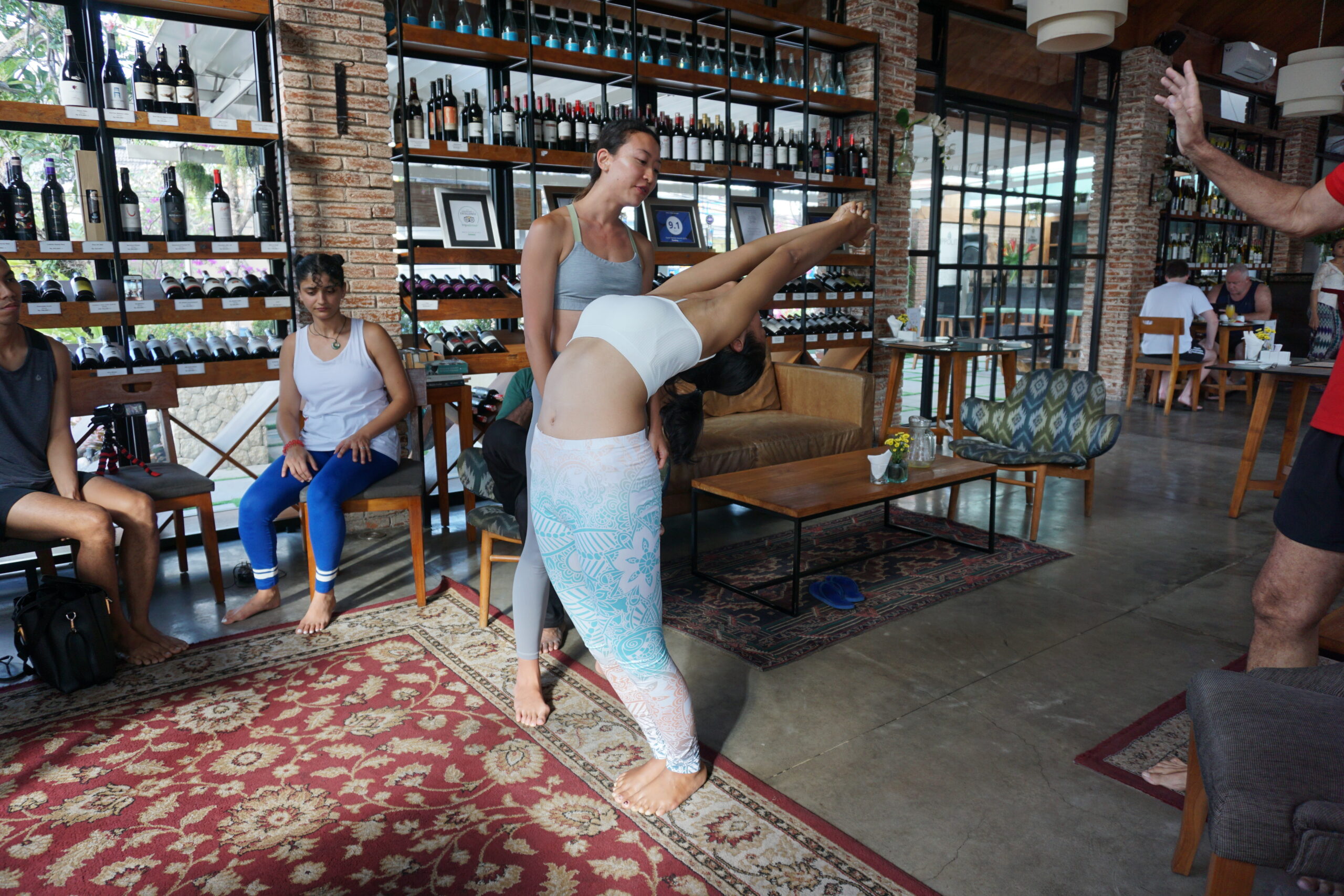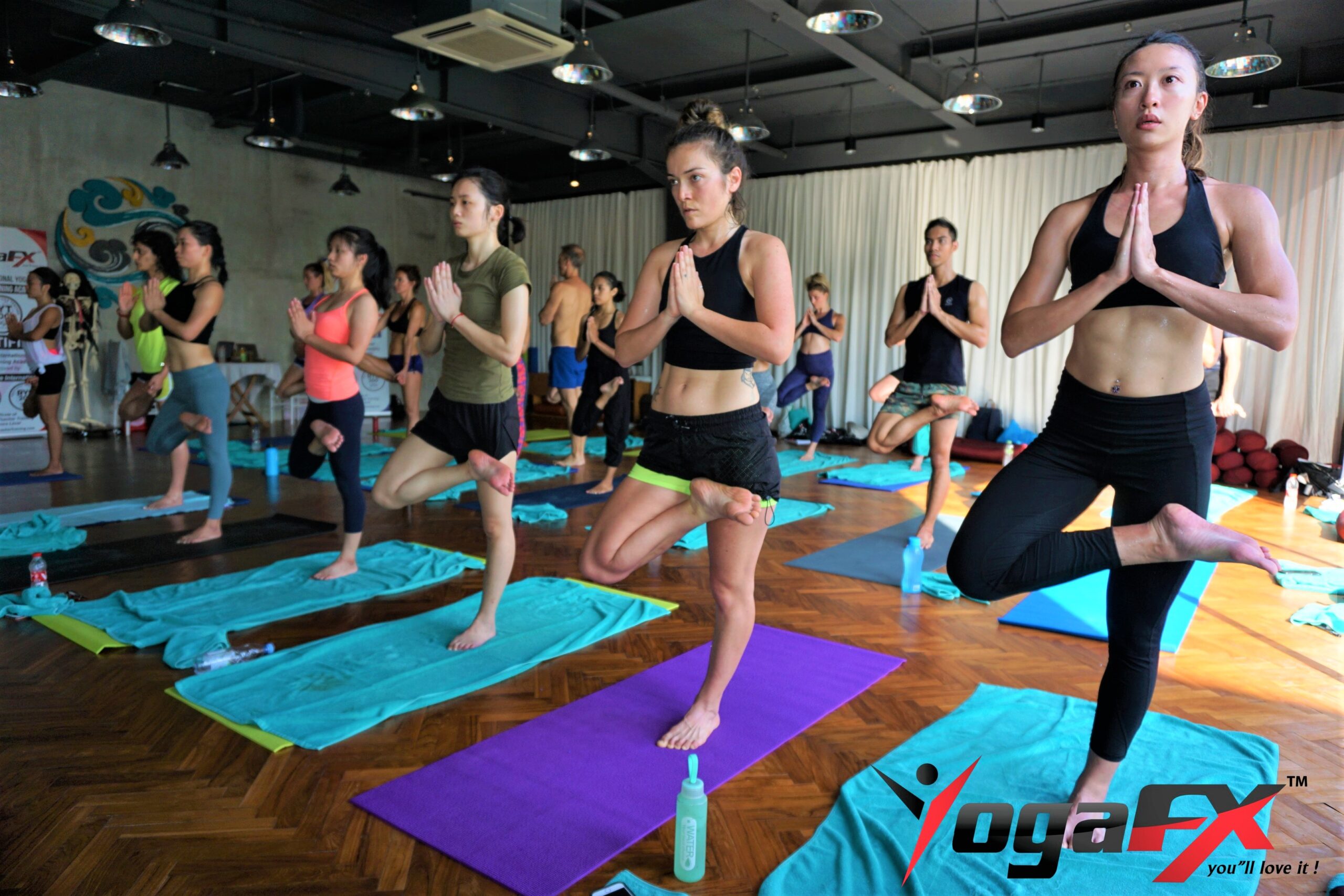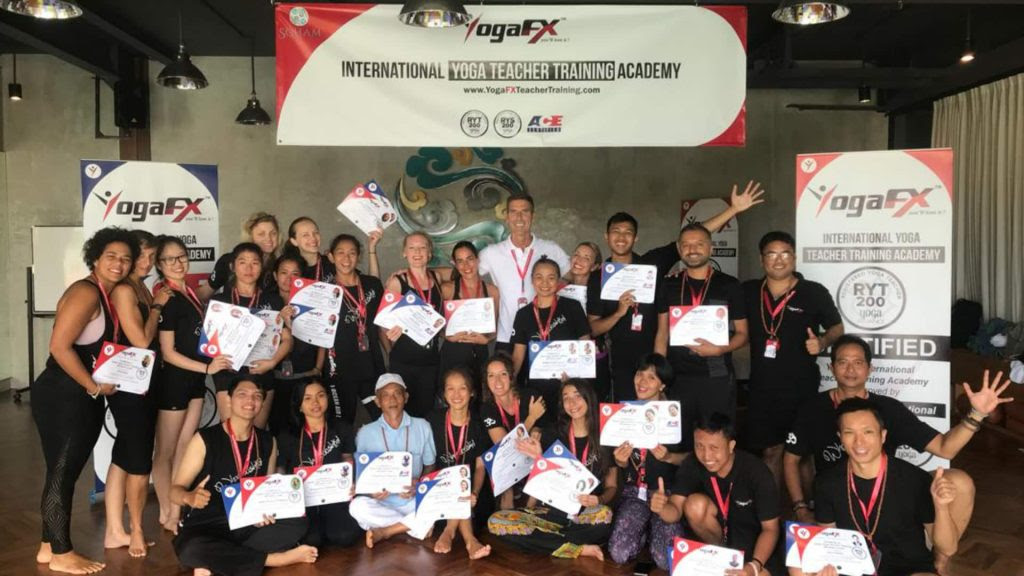Hot yoga has gained immense popularity in recent years, enticing fitness enthusiasts and yoga practitioners with its unique blend of physical challenge and mental focus in a heated environment. But is hot yoga truly beneficial for everyone? In this article, we will explore the pros and cons of hot yoga, shedding light on the potential advantages and drawbacks of practicing in a heated room. Whether you’re considering trying hot yoga for the first time or seeking to deepen your understanding of its effects on the body and mind, read on to discover the essential information you need to make an informed decision.
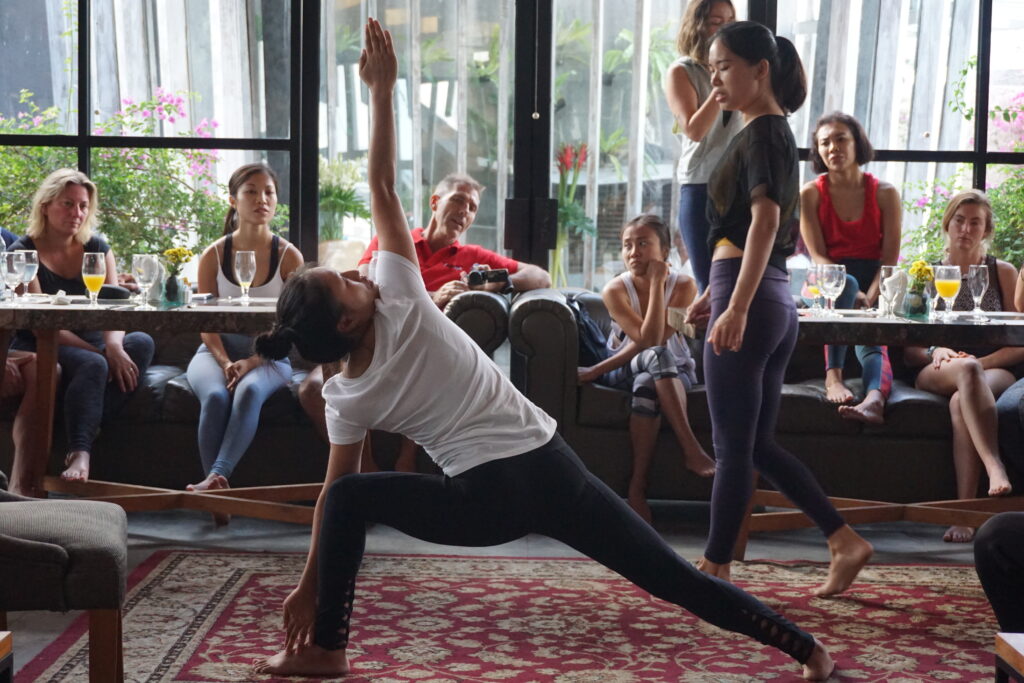
The Pros of Hot Yoga
Increased Flexibility and Range of Motion
Hot yoga, such as the renowned Hot 26 and 2 Yoga or Bikram Yoga, allows the heat to warm up the muscles, enabling practitioners to achieve deeper stretches and improve overall flexibility and range of motion. The elevated temperature helps relax the muscles, making them more pliable.
Detoxification and Cleansing
Sweating is a significant component of hot yoga. The heat stimulates profuse sweating, which aids in the release of toxins from the body. This detoxification process can leave you feeling refreshed and rejuvenated.
Enhanced Mind-Body Connection
Practicing hot yoga requires focus, concentration, and mindfulness in the midst of the challenging environment. The intensity of the heat demands mental resilience, helping practitioners develop a stronger mind-body connection and cultivate greater presence on and off the mat.
Cardiovascular Workout
The combination of the heat and the dynamic nature of hot yoga classes provides a challenging cardiovascular workout. The increased heart rate and sustained movements can help improve cardiovascular health, endurance, and stamina.
“RESPECT PEOPLE’S PERSONAL SPACE, THEY WILL LOVE YOU FOR WHO YOU ARE “
The Cons of Hot Yoga
Risk of Dehydration
Excessive sweating in hot yoga can lead to dehydration if adequate fluid intake is not maintained. It’s essential to hydrate properly before, during, and after each session to replenish lost fluids and electrolytes.
Overexertion and Injury
The heat and intensity of hot yoga can push individuals to their limits. Without proper attention to alignment, form, and listening to the body’s signals, there is an increased risk of overexertion and potential injury. It’s crucial to practice mindfully and within one’s physical capabilities.
Heat Sensitivity and Medical Conditions
Some individuals may be more sensitive to heat or have underlying medical conditions that can be exacerbated by practicing in a heated room. It’s important to consult with a healthcare professional if you have any concerns or medical conditions that may be affected by hot yoga.
Uncomfortable Environment for Some:
While many people thrive in the heated environment of hot yoga, others may find it uncomfortable or overwhelming. Personal preferences and comfort levels play a significant role in determining whether hot yoga is suitable for an individual.
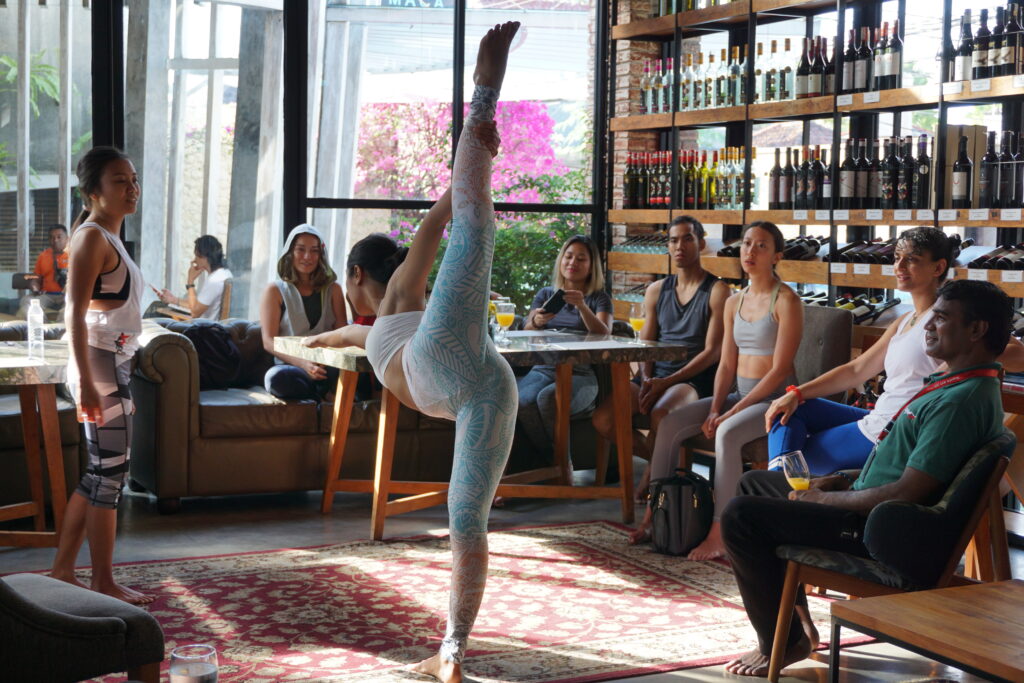
Personal Considerations and Precautions
Consulting with a Healthcare Professional
If you have any pre-existing medical conditions or concerns, it is advisable to consult with a healthcare professional before starting hot yoga or any new exercise regimen.
Listening to Your Body
Listening to your body’s cues and limitations is crucial in yoga. Pay attention to how you feel during practice and modify or take breaks as needed. Pushing beyond your limits can lead to injury, so honor your body’s boundaries.
Hydration and Electrolyte Balance
Proper hydration is vital when practicing yoga. Ensure you drink enough water before, during, and after each session to maintain optimal hydration. Consider replenishing electrolytes with sports drinks or electrolyte-rich foods.
Making an Informed Decision
When deciding if yoga is right for you, it’s essential to weigh the pros and cons based on your personal goals, preferences, and health status. If yoga aligns with your interests and well-being, consider exploring classes taught by experienced instructors in reputable studios or fitness centers.
However, if you find that the heat or the intensity of yoga is not suitable for you, remember that there are alternative yoga styles and fitness practices available that can provide similar benefits without the heat component. It’s important to find a practice that resonates with you and supports your overall well-being.
Conclusion
Hot yoga can be a transformative and rewarding practice, offering a range of physical, mental, and emotional benefits. The increased flexibility, detoxification, enhanced mind-body connection, and cardiovascular workout are alluring aspects for many individuals. However, it’s essential to consider the potential risks, such as dehydration, overexertion, and heat sensitivity, and make informed decisions based on personal circumstances and preferences.
If you are passionate about yoga and wish to share its transformative power with others, consider enrolling in a yoga teacher training program. YogaFX, led by Mr. Ian, offers comprehensive Hot 26 and 2 Teacher Training programs. These programs equip aspiring instructors with the knowledge, skills, and confidence to guide others through the dynamic and empowering practice of yoga. With a focus on proper alignment, sequencing, and teaching techniques, this training program ensures that graduates are well-prepared to lead safe and impactful yoga classes.
Remember to make choices that prioritize your overall health and well-being. Whether you choose yoga, alternative yoga styles, or other fitness practices, the key is to find a practice that resonates with you and supports your journey towards a healthier and more balanced lifestyle.




